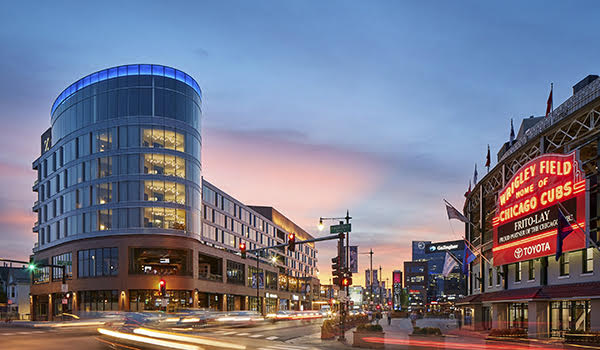Fax: (888) 406-6248
STRETCH FORMING HISTORY
Stretch forming was invented years ago for curving aircraft parts in order to reduce weight and thereby, fuel consumption. Stretch forming expanded into car components and eventually into architecture as the aesthetics provided by stretch forming came into play. One of the first stretch form presses made for resale was by Cyril Bath in the 1950’s. There were many custom-built curving presses in use prior to that so attributing the invention of the stretch form process to anyone is difficult.
Stretch forming is widely used in today’s industries. Many aircraft parts are the product of stretch forming. Many buildings today would not be as attractive without curves done via stretch forming. Most architects and designers rely heavily on stretch forming to distinguish their work.
Southern Stretch Forming started in 1991 and has developed many proprietary procedures for curving metal.
STRETCH FORMING DESCRIBED
Stretch forming is a metal bending process in which a lineal shape (as an aluminum extrusion) is stretched and bent simultaneously over a form, called a die, which has been built to the radius needed. Stretch forming is performed on a stretch form press, in which the lineal shape is securely gripped on each end by gripping jaws. The stretch form gripping jaws are each attached to a carriage that is pulled by hydraulic force to stretch and curve the metal. The tooling used in the stretch forming process is a stretch form block, called a stretch form die, which is a solid contoured piece against which the lineal shape will be formed to a curve. Stretch formed parts can be up to 16” in circle size depending on the stretch form press being used. Stretch forming allows for high accuracy and smooth surfaces. Tight radii can be attained through stretch forming that cannot be attained with other curving methods. Ductile materials are preferable in stretch forming, the most commonly used being aluminum and steel. Stretch formed parts are commonly seen on arches in commercial buildings. Other stretch formed parts can be found in curved window frames, conveyors, signs, displays, etc. There are many applications for curved metal where stretch forming is the only feasible method for curving.
Southern Stretch Forming: “We don’t bend metal. We curve metal.”
Southern Stretch Forming
P.O. Box 50047
Denton, TX 76206
